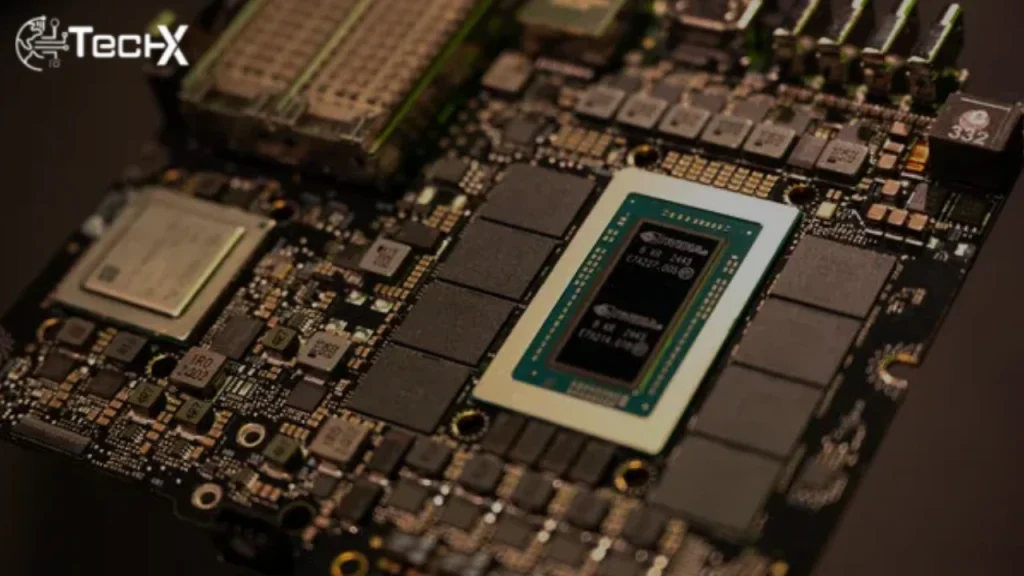Nvidia is reportedly developing a more affordable AI chipset for China, designed under its Blackwell architecture. This move comes in response to strict US export restrictions, aiming to retain its market share. The new chips are expected to cost half the price of previous models, making advanced AI technology more accessible to Chinese customers.
Pricing and Specifications
The upcoming chips are expected to be priced between $6,500 and $8,000, a significant reduction from the H20 model, which sold for $10,000-$12,000. Based on Nvidia’s RTX Pro 6000D, these chips will use GDDR7 memory instead of high-bandwidth memory to comply with export controls. This adjustment helps lower costs while maintaining performance.
Avoiding Advanced Packaging
To further minimize expenses, Nvidia will not use TSMC’s advanced CoWoS packaging technology. Instead, the company will rely on conventional manufacturing methods. This decision reflects Nvidia’s efforts to balance cost-efficiency with compliance, ensuring the chips meet US export regulations while remaining competitive in pricing.
Production Timeline
Mass production of the new AI chips could begin as early as June. Additionally, Nvidia is reportedly working on another Blackwell-based chip for China, with production potentially starting in September. These rapid developments highlight Nvidia’s urgency to regain its foothold in the Chinese market amid growing competition.
Also Read: Sindh Launches AI Task Force & Digital Water Monitoring System
Nvidia’s Struggles with US Restrictions
This marks Nvidia’s third attempt to design a GPU tailored for China due to US export bans. Previous restrictions have significantly impacted Nvidia’s business, forcing the company to adapt its strategies. The H20 ban alone led to $5.5 billion in inventory write-offs and an estimated $15 billion in lost sales.
Declining Market Share in China
Nvidia’s dominance in China has weakened, with its market share dropping from 95% before 2022 to just 50% today. US sanctions have created opportunities for local competitors like Huawei, which produces the Ascend 910B chip. Nvidia CEO Jensen Huang warns that continued restrictions may push more Chinese clients toward domestic alternatives.
Competitive Threats from Huawei
Huawei’s Ascend 910B poses a growing threat to Nvidia’s AI chip dominance in China. With comparable performance and no export restrictions, Huawei’s chips are gaining traction. Nvidia’s new affordable chips aim to counter this shift, but long-term success depends on US policy adjustments.
Financial Impact of Export Bans
The H20 ban severely affected Nvidia’s finances, resulting in billions in losses. The company’s inability to supply high-end AI chips to China has forced it to explore cost-effective alternatives. The new Blackwell-based chips represent a strategic pivot to recover lost revenue.
Future Prospects
If US export restrictions persist, Nvidia may face further challenges in China. However, its latest efforts to introduce cheaper, compliant chips could help stabilize its position. The company’s ability to innovate within regulatory constraints will determine its future success in this critical market.
Conclusion
Nvidia’s new affordable AI chips for China reflect its adaptability amid tightening US export controls. By lowering costs and adjusting specifications, the company aims to reclaim its market share. However, competition from Huawei and ongoing regulatory hurdles present significant obstacles. Nvidia’s next moves will be crucial in shaping the AI chip landscape in China.
